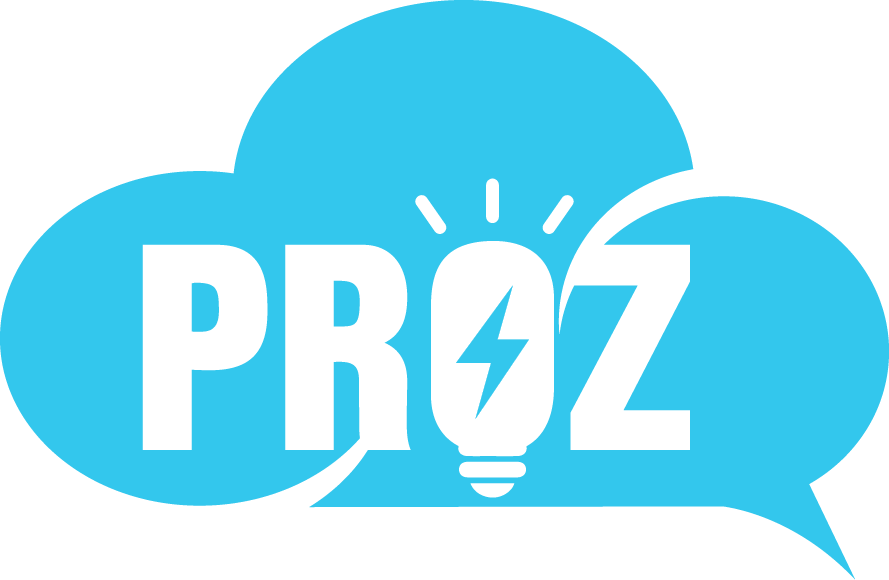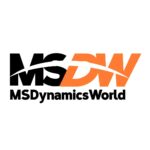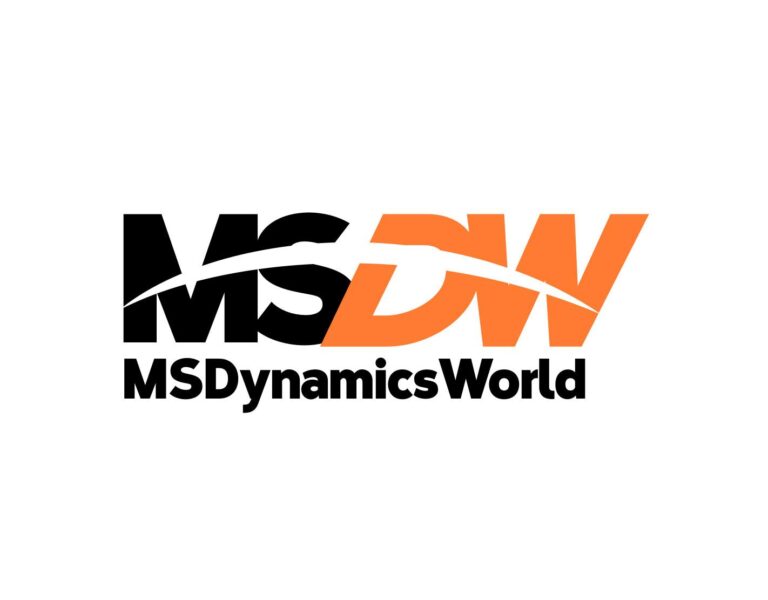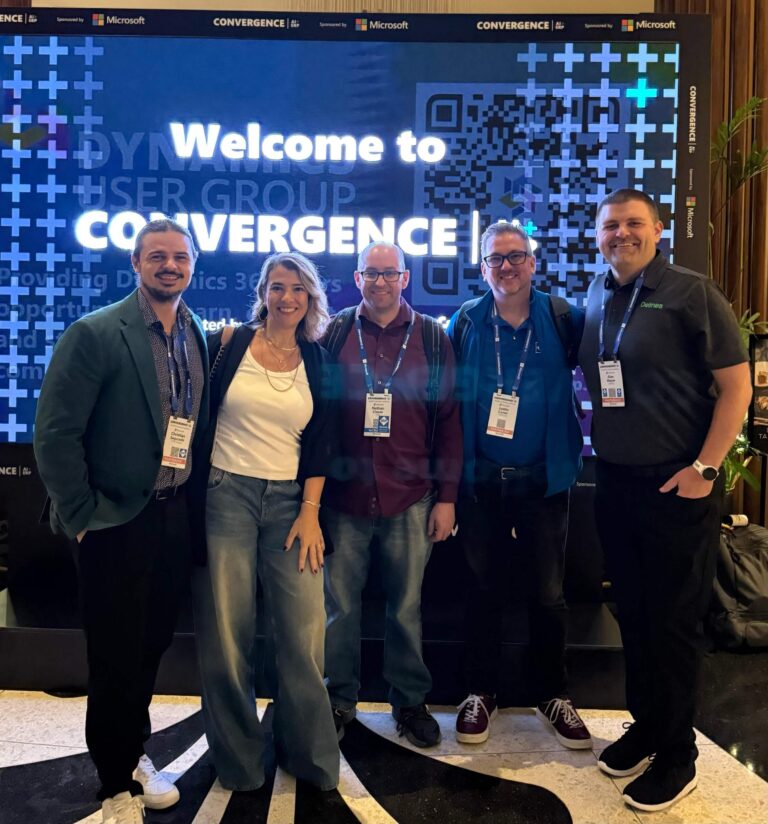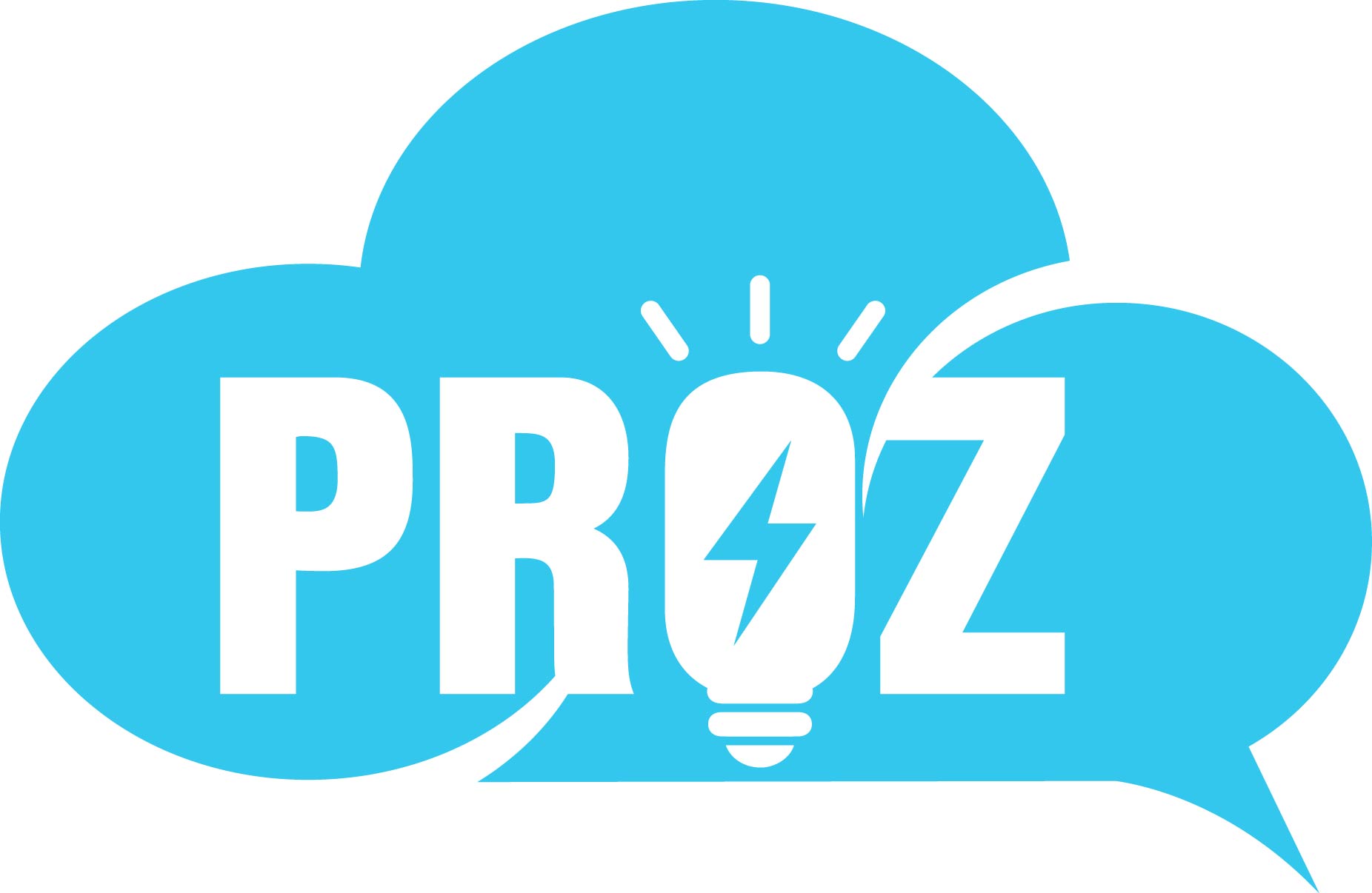In today’s competitive landscape, a robust Customer Relationship Management (CRM) system is no longer a luxury. It is a fundamental necessity. Businesses rely on CRM to manage customer interactions and drive growth. Salesforce is the undisputed leader in this space. It holds an impressive market share of over 20%, far ahead of its competitors. The platform’s out-of-the-box functionality is powerful. However, it is designed for general use. It cannot address every company’s unique needs. This is where Salesforce development becomes a strategic necessity.
Custom development is about tailoring the platform. It helps align the technology precisely with your business processes. Customization is a key driver for maximizing your return on investment (ROI). Data shows that custom Salesforce solutions deliver significant value. One study found that companies see an average ROI of 1,847% from their customizations. They also see a 34-67% gain in productivity.
Understanding Out-of-the-Box Salesforce
Salesforce offers a comprehensive suite of tools. These tools are ready for immediate use. You can configure many features with a simple point-and-click interface. These standard features include:
- Standard Objects: Pre-built objects like Leads, Accounts, Contacts, and Opportunities. These cover basic CRM needs.
- Workflow Automation: Basic process automation tools such as Workflow Rules and Process Builder. These tools handle simple tasks.
- Standard Reports and Dashboards: Pre-built templates for visualizing common business data.
- Page Layouts and Record Types: Tools for customizing the user interface without code.
These features are ideal for many organizations. They allow for a fast implementation. They are cost-effective for businesses with standard processes. You get a functional CRM system without a large initial investment. The “clicks, not code” philosophy is a core strength. It lets administrators make changes easily.
The Tipping Point: When Off-the-Shelf is Not Enough
While standard Salesforce is effective, it has limitations. These limitations become evident as businesses grow and evolve. A “one-size-fits-all” solution often creates friction. Your unique business processes may not fit into the standard Salesforce structure. This leads to inefficient workarounds and data inconsistencies.
Here are the key indicators that signal a need for custom Salesforce development:
- Unique Business Logic: Your core business processes are non-standard. They require complex calculations or multi-step approvals. The out-of-the-box tools cannot handle this complexity.
- Data Model Inadequacy: You need to track data that does not fit into standard objects. For instance, a logistics company needs to track shipments and vehicles. A financial firm needs to track specific financial instruments. This requires custom objects and fields.
- Integration with External Systems: Your company uses other critical business applications. These might be ERP, marketing automation, or legacy systems. Seamless, two-way data flow is crucial. Standard connectors may not meet your specific integration requirements.
- Enhanced User Experience (UX): Users require a highly tailored interface. The goal is to improve efficiency. This means a user interface that reflects their specific workflow. Custom Lightning Web Components can create this experience.
- Complex Automation Needs: You need to automate intricate, multi-step processes. These processes involve different departments and conditional logic. Standard automation tools are not flexible enough to support this.
- Performance and Scalability Issues: Your organization is experiencing rapid growth. The current configuration struggles with performance. Custom development can optimize code and data handling. This ensures the system scales effectively.
Standard vs. Custom Salesforce: A Comparison
|
Feature |
Standard Salesforce |
Custom Salesforce Development |
|
Setup Time |
Fast (days to weeks) |
Slower (weeks to months) |
|
Cost |
Low upfront |
Higher initial investment |
|
Process Fit |
Generic |
Business-specific |
|
Automation |
Basic workflows |
Complex, logic-driven flows |
|
User Interface |
Limited customization |
Fully tailored UI with LWCs |
|
Integration |
Limited API connectors |
Deep integration with external systems |
|
Performance |
Good for low data volumes |
Scales efficiently with custom design |
The Power of Custom Salesforce Development
Custom Salesforce development extends the platform’s core capabilities. It gives you complete control over your CRM. It turns Salesforce from a generic tool into a strategic asset. A specialized Salesforce Development Company provides this expertise. They build solutions using a range of technologies:
- Apex: This is Salesforce’s proprietary, strongly-typed programming language. It is similar to Java. Apex handles complex business logic and database transactions.
- Lightning Web Components (LWC): LWC is a modern framework for building dynamic user interfaces. It uses standard web technologies like HTML, CSS, and and JavaScript. LWC creates highly responsive and intuitive experiences.
- Visualforce: This markup language creates custom user interfaces. It is a more classic approach. It is still relevant for certain use cases.
- Salesforce APIs: Developers use APIs to build integrations. This connects Salesforce with other applications. These include third-party services and legacy systems.
- Triggers: These are powerful tools for executing custom code. They run before or after database events. For example, a trigger can update related records when an account is changed.
- Flows: For complex automation that doesn’t require a lot of coding. Flows are a more advanced, visual alternative to older tools.
These tools allow for limitless possibilities. They can create a CRM solution perfectly tailored to your business. The result is a system that works the way you do. This reduces manual effort and minimizes errors.
Case Study: Financial Services Firm
Consider a financial services firm. It needed to track complex investment portfolios. The standard Salesforce data model was insufficient. It could not handle the various asset classes and regulatory requirements. The firm engaged a Salesforce Development Company. They implemented a custom solution.
- Custom Objects: The developers created custom objects for portfolios, assets, and regulatory filings.
- Apex Development: They wrote Apex code to automate complex calculations. The code automatically calculated portfolio performance.
- Lightning Web Components: They built a custom dashboard. It gave financial advisors a unified view of each client’s portfolio. The advisors could see all critical information at a glance.
- Integration: The team integrated Salesforce with a third-party market data service. This provided real-time pricing for assets.
This custom solution boosted advisor productivity by 45%. It improved data accuracy and compliance. This led to a better client experience and increased revenue.
Strategic Considerations for Choosing a Development Partner
Selecting the right partner is crucial for success. You need a partner with deep expertise. The right Salesforce Development Services provider offers more than just coding. They provide strategic guidance. They help you define project scope and align it with business goals.
Here is what to look for in a Salesforce development partner:
- Certified Professionals: Look for a team with certified developers, architects, and administrators. This ensures they have the skills and knowledge to build a robust solution.
- Industry Experience: A partner with experience in your specific industry understands your challenges. They can offer insights and best practices.
- Proven Methodology: They should follow a structured development process. This includes requirements gathering, design, development, and testing. A proven methodology minimizes risks.
- Communication and Collaboration: A good partner keeps you informed. They work with your team. They are transparent about progress and challenges.
- Support and Maintenance: The relationship does not end at deployment. A good partner offers ongoing support. They help maintain and evolve the system over time.
For businesses looking to get started, you can connect with a leading Salesforce Development Company like HashStudioz to discuss your unique business needs and get a free consultation. They can help you evaluate your current setup and determine the best path forward.
Conclusion
The decision to pursue custom Salesforce development is a strategic one. It goes beyond simple technical choices. It is about investing in a solution that fuels your company’s growth. Off-the-shelf Salesforce is a great starting point. However, businesses with unique processes will eventually hit a wall. Custom development breaks through that wall. It delivers maximum impact by tailoring the platform to your exact needs.
By carefully evaluating your needs and selecting the right development partner, you can build a solution that:
- Enhances operational efficiency.
- Improves data quality and insights.
- Boosts user adoption and satisfaction.
- Creates a competitive advantage.
Choosing custom development is a commitment to a powerful, tailored CRM ecosystem. It is an investment that pays dividends in productivity and profitability.
